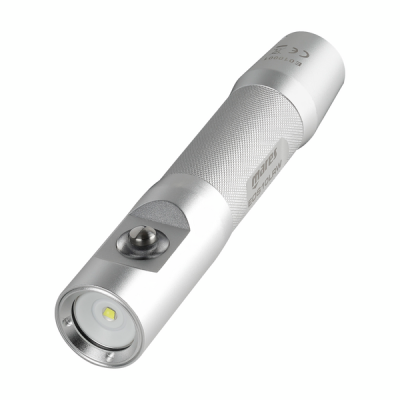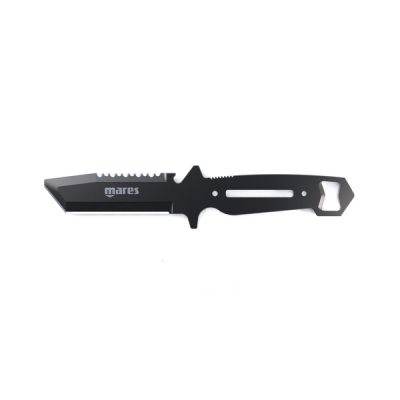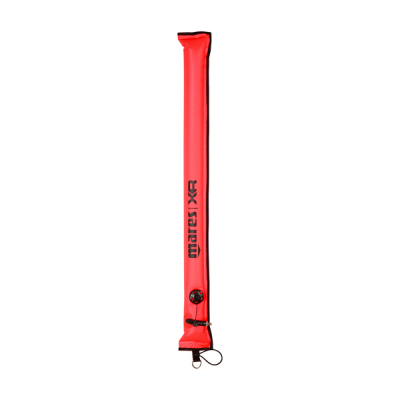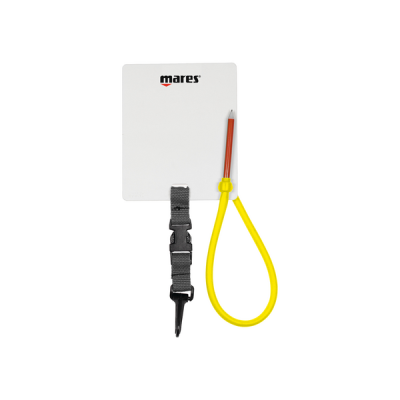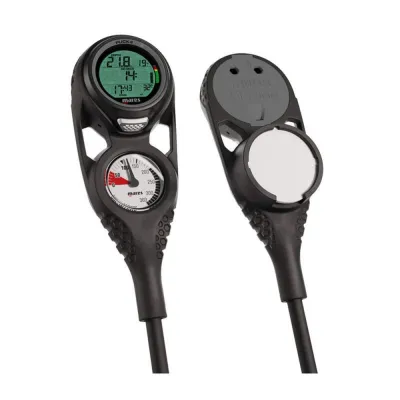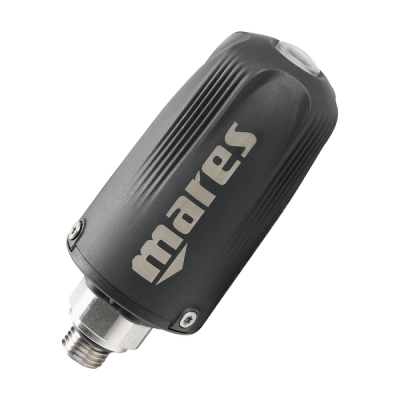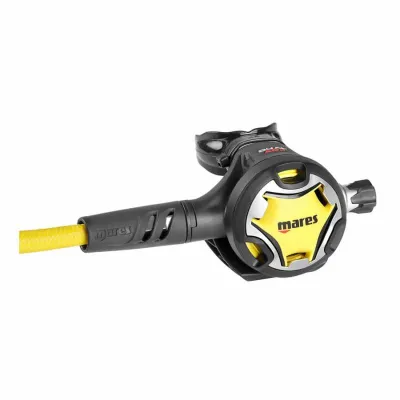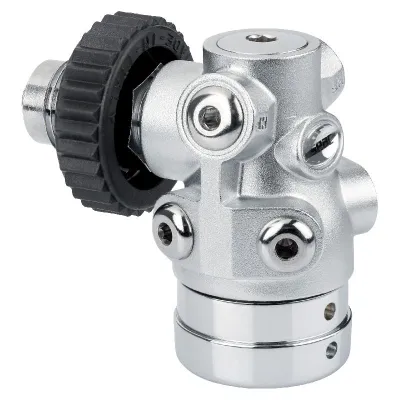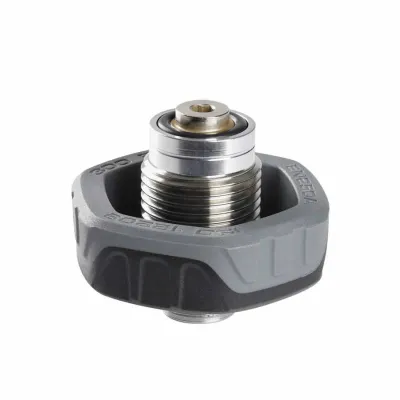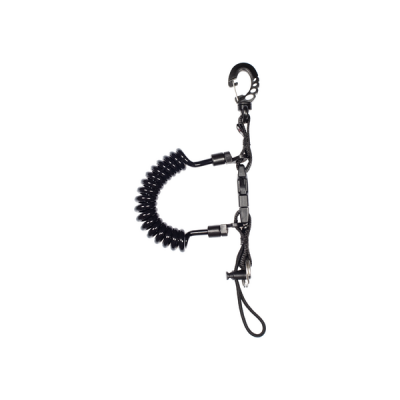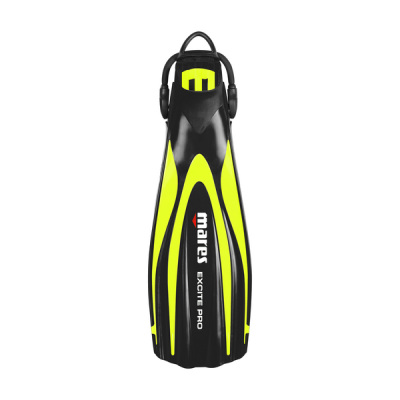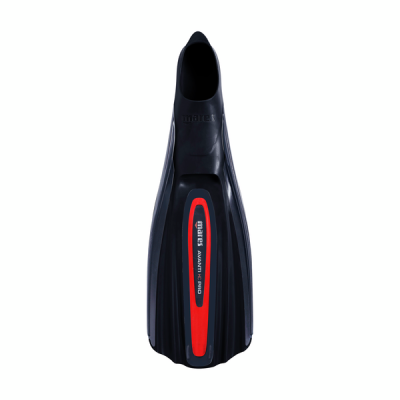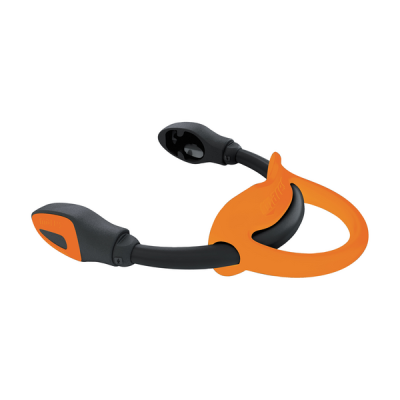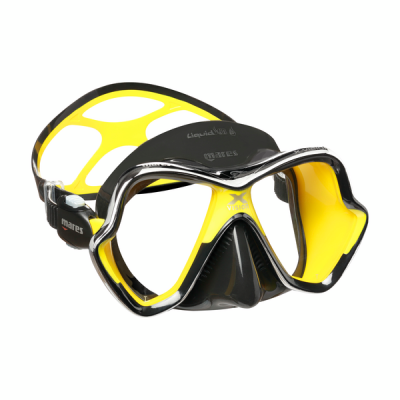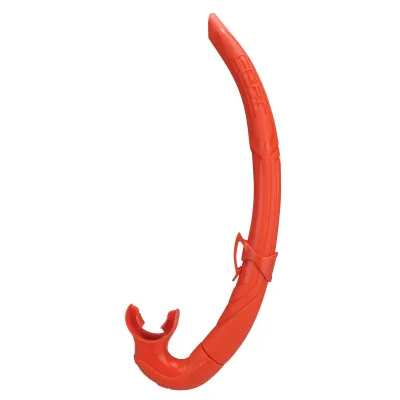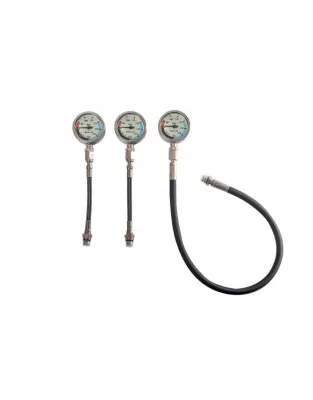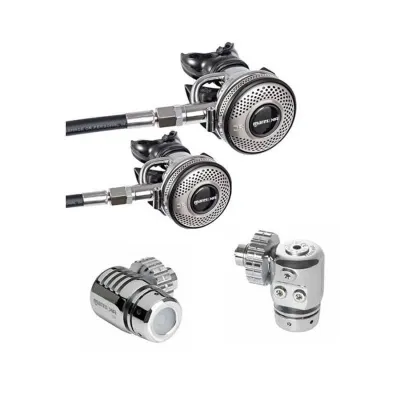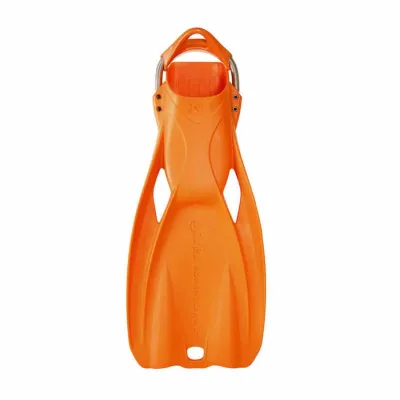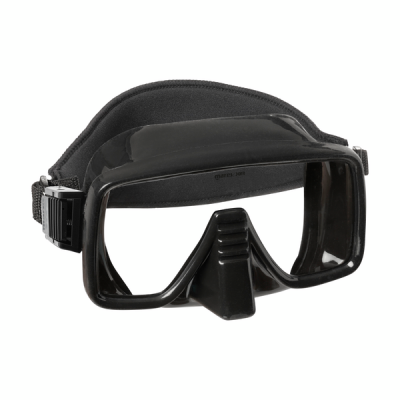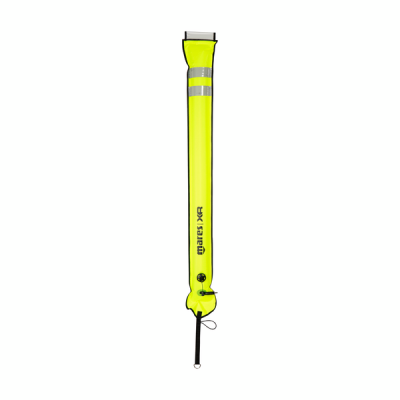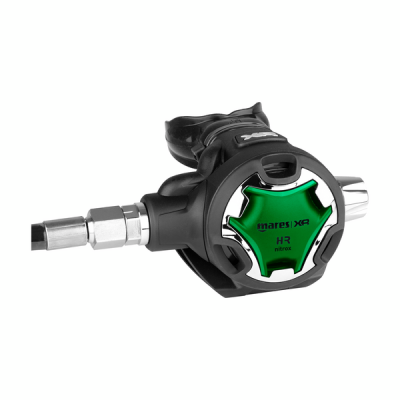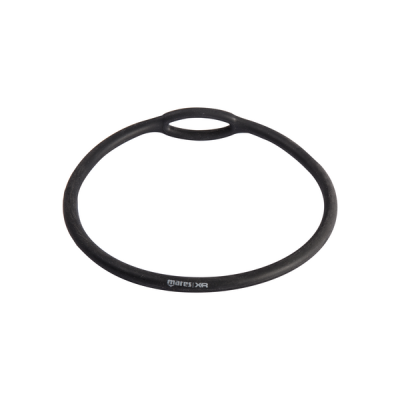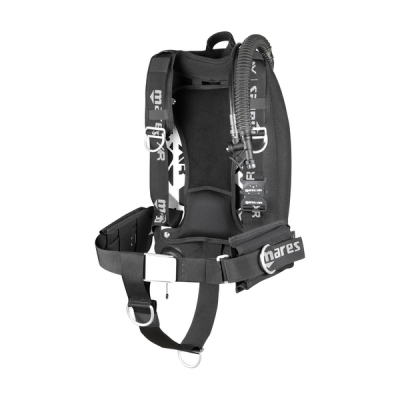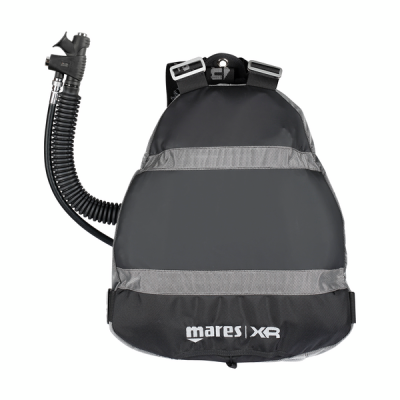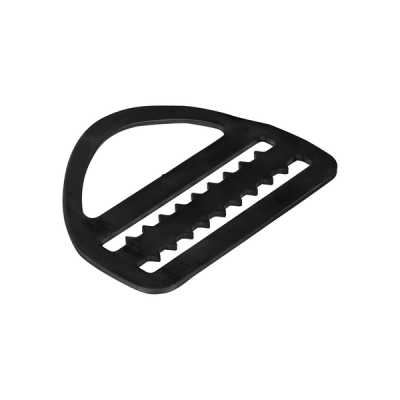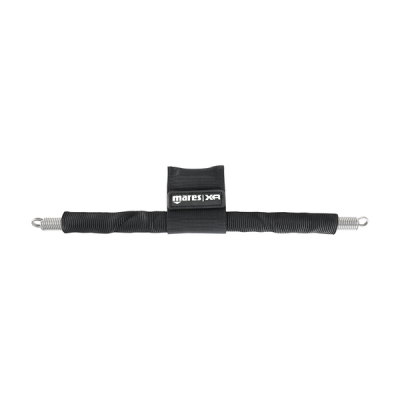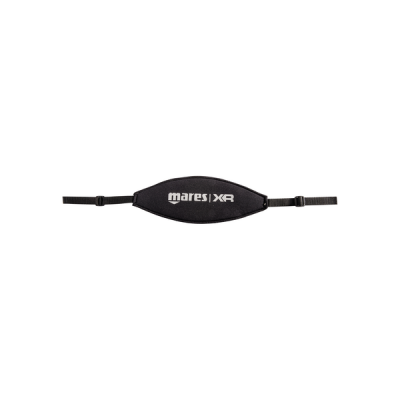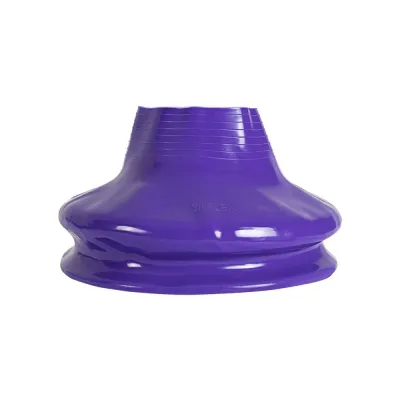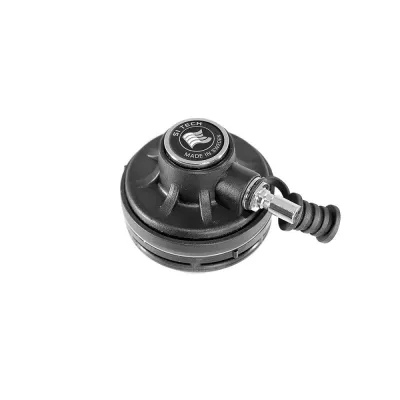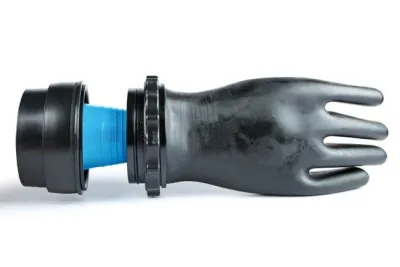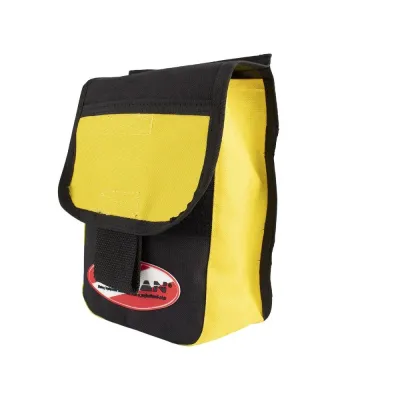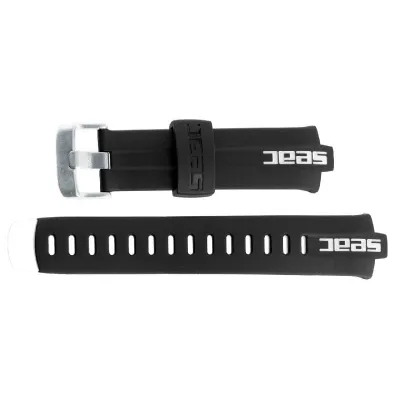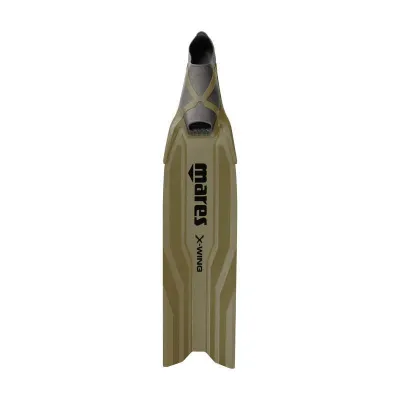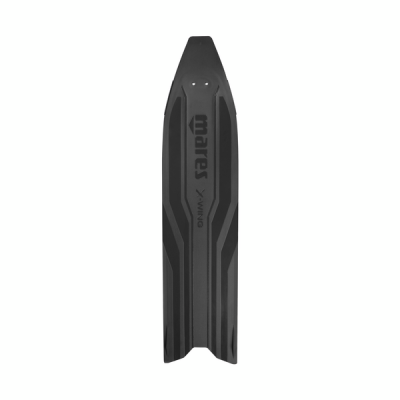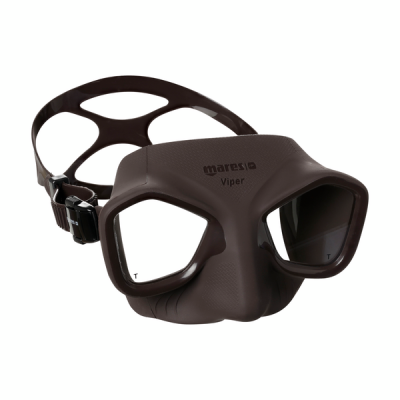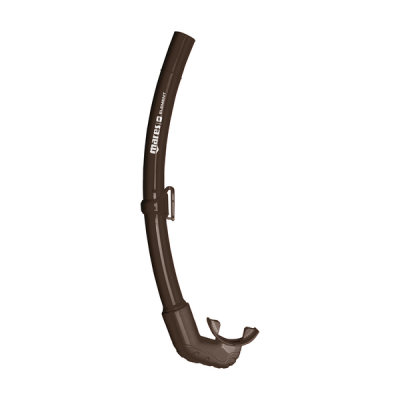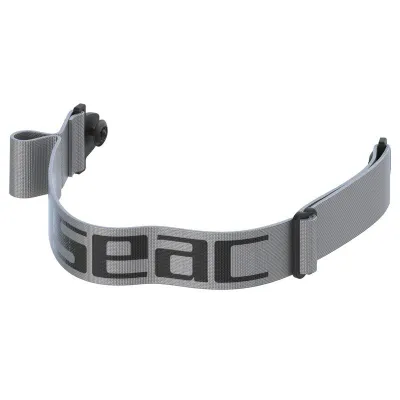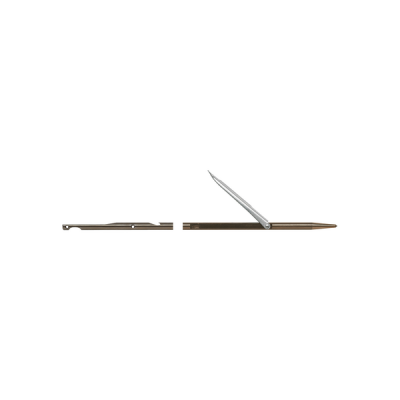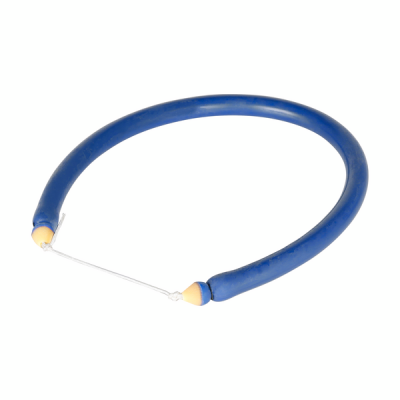The seller is responsible for material defects of the product, in accordance with applicable regulations. The buyer is obliged to inform the seller of visible defects within two months from the day the defect was discovered, and no later than two years from the transfer of risk to the buyer. If, after receiving the item, the buyer discovers a defect that could not have been identified through normal inspection upon delivery, the buyer must inform the seller within two months from the discovery of the defect to retain their rights.
Material Defects for Which the Seller Is Responsible:
(1) for material defects that existed at the time the risk was transferred to the buyer, regardless of whether the buyer was aware of them.
(2) for material defects that appear after the risk has been transferred if they are due to a cause that existed prior to that moment.
(3) It is presumed that any defect which appears within one year from the transfer of risk existed at the time of transfer, unless the seller proves otherwise, or it results otherwise from the nature of the item or the defect itself.
A Defect Exists If:
1) the item does not match the description, type, quantity, and quality, or lacks functionality, compatibility, interoperability, and other features as stipulated in the sales contract,
2) the item is not suitable for a specific purpose required by the buyer and communicated to the seller before the conclusion of the contract, and for which the seller gave consent,
3) the item was not delivered with all accessories and instructions, including installation instructions, as stipulated in the contract,
4) the item was not delivered with updates as stipulated in the sales contract,
5) the item is not suitable for the purposes for which similar items are normally used, considering EU and Croatian regulations, technical standards, or, in the absence of such standards, applicable codes of conduct in the sector,
6) the item does not correspond to the quality and description of a sample or model made available to the buyer before the conclusion of the contract,
7) the item was not delivered with additional accessories, packaging, installation instructions, or other instructions that the buyer could reasonably expect to receive,
8) the item does not meet the quantity or lacks properties and features, including durability, functionality, compatibility, and safety, which are typical for that type of item and which the buyer can reasonably expect, considering the nature of the item and public statements made by the seller or others in the supply chain, especially in advertising or labeling,
9) the item was incorrectly installed or assembled when installation was part of the sales contract and was performed by the seller or someone responsible to them, or
10) the item was incorrectly installed or assembled by the buyer due to faulty instructions provided by the seller or, in the case of digital elements, the supplier of digital content or services.
If the buyer expected certain features based on the manufacturer's statements or those of their representative, the defect is not considered valid if the seller was unaware and had no obligation to know, or if such statements were refuted before the conclusion of the contract, or if they did not influence the buyer’s decision to purchase.
Defects for Which the Seller Is Not Responsible:
The seller is not liable for defects known to the buyer at the time of contract, or for defects that could not have gone unnoticed. The seller is also not liable for defects easily visible if the buyer claimed the item had no defects or had certain declared features.
Inspection of Items and Visible Defects
The buyer must report visible defects within two months of discovering them.
If a material defect is confirmed, the seller may be required, under the Civil Obligations Act, to:
• remove the defect,
• deliver a replacement product,
• reduce the purchase price.
The buyer may terminate the contract only after granting the seller an additional reasonable deadline for fulfilling the contract.
If the buyer returns a damaged product within 14 days and requests a refund, the seller will notify the buyer in writing about the depreciation amount due to damage, to which the seller is entitled. If the buyer does not respond or accept the depreciation, the seller may initiate a lawsuit to recover damages.
The seller has the right to refuse to rectify the defect if repair or replacement is impossible or would result in disproportionate costs, considering the value of the defect-free item, the significance of the defect, and whether the repair or replacement can be done without major inconvenience to the buyer.
The buyer may terminate the contract without granting an additional deadline if the seller has indicated they will not fulfill the contract, or if it is clear from the circumstances that the seller cannot fulfill it, or if due to the seller’s delay, the buyer cannot achieve the purpose of the contract.
If the seller fails to fulfill the contract within the additional period, it is terminated by law unless the buyer promptly notifies the seller they wish to maintain the contract.
If the defect is minor, the buyer cannot terminate the contract but retains other rights under liability for material defects, including the right to claim damages. The burden of proof for the minor nature of the defect lies with the seller.
The seller shall bear the cost of removing the defect or delivering a defect-free item.
When the buyer is a legal entity, the provisions of the Civil Obligations Act apply, and this section does not apply.
To expedite the complaint process, the buyer should include photos of the defect or damage. The seller will also accept complaints submitted in other forms.
If defects result from improper installation, handling, storage, maintenance, or other unauthorized actions by the buyer, the seller is not liable. Such defects, or those not covered by warranty or discovered after the warranty expires, will be resolved at the buyer's request in accordance with the current service pricing.














